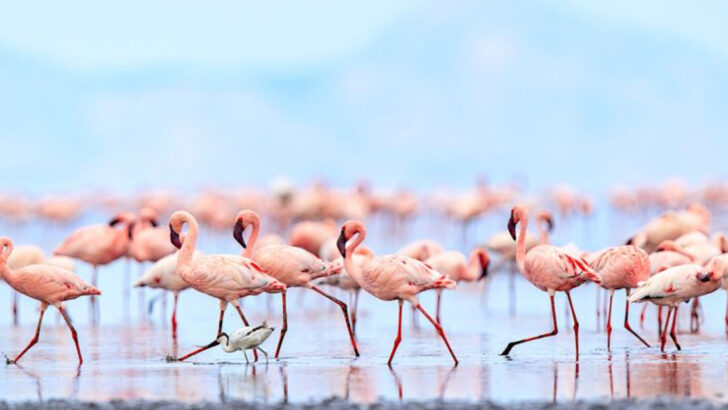Some animals thrive alone, but not these wild travelers. They’ve cracked the code to survival: stick together, and the world becomes your playground.
From the endless migrations of wildebeests to the close-knit packs of wolves, group living isn’t just a survival tactic—it’s a way of life. These animals know that strength lies in numbers, and their unity is their greatest weapon.
But it’s not all about protection. Traveling in groups opens doors to opportunities—like hunting in unison or defending territory as one. Their coordinated efforts paint a picture of nature’s brilliance at work.
So why do they do it? From safety to social bonds, let’s explore how and why these wild animals thrive when they travel together. Prepare to be amazed by the intricate strategies behind their group dynamics!
African Elephants
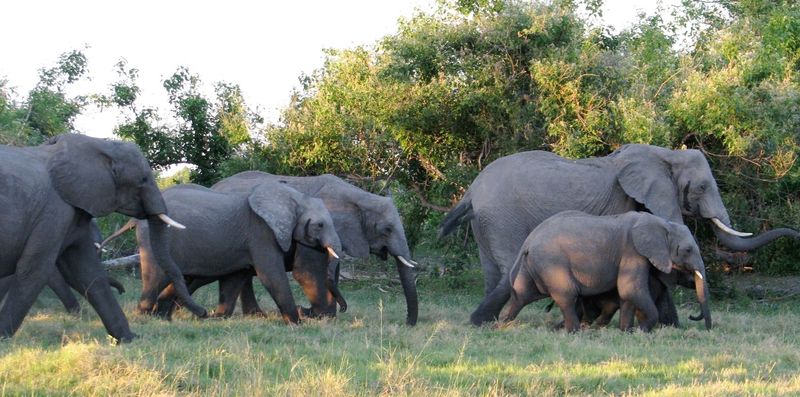
African elephants often travel in herds led by the oldest female, known as the matriarch. These familial groups provide protection and aid in locating food and water sources. Elephants learn social skills and survival tactics within these herds.
Their strong bonds and cooperative nature allow them to thrive in the harsh environments of Africa. Younger elephants are nurtured by several females, ensuring their growth and safety.
This social structure helps them navigate migrations and seasonal changes, proving that unity is strength in the animal kingdom. Elephants showcase the incredible advantage of living in numbers.
Wolves
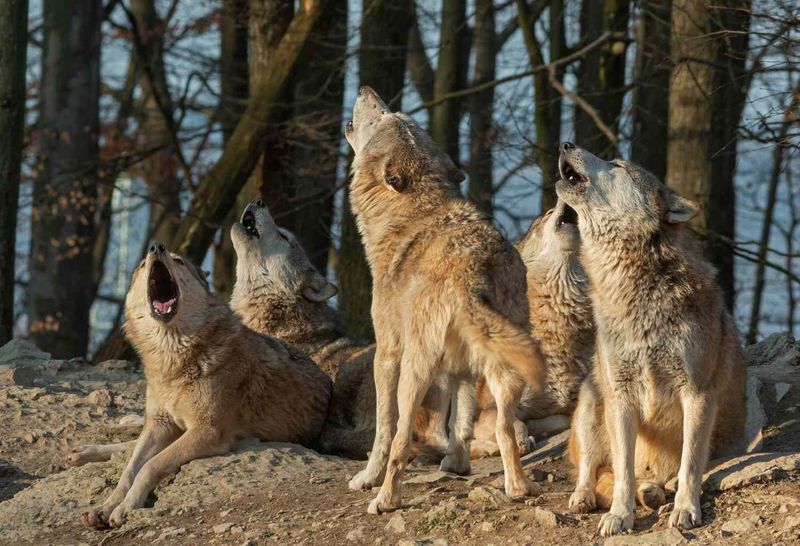
Wolves are known for their pack behavior, which is essential for hunting and survival. Packs typically consist of an alpha pair, their offspring, and other related wolves. This social structure allows them to effectively hunt larger prey like elk and deer.
The pack’s cohesion and communication skills are vital in coordinating complex hunts. Young wolves learn from observing and participating in these activities.
Traveling in packs also provides protection against rivals and helps maintain territory. The wolf pack is a prime example of how teamwork ensures survival and strengthens family bonds in the wild.
Dolphins
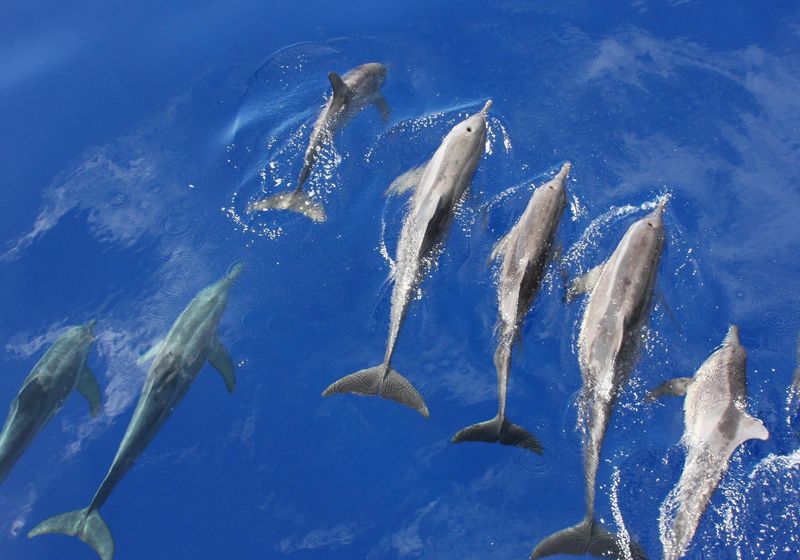
Dolphins are highly social animals that travel in pods, sometimes numbering in the hundreds. These groups offer protection against predators like sharks and allow for cooperative hunting strategies.
Dolphins communicate using a complex system of clicks and whistles, essential for maintaining group cohesion. The social bonds within a pod are strong, often lasting a lifetime.
Their playful nature and intelligence are enhanced in a group setting, making dolphins one of the most intriguing marine animals. Traveling in pods allows dolphins to thrive in diverse ocean environments, showcasing their adaptability.
Meerkats
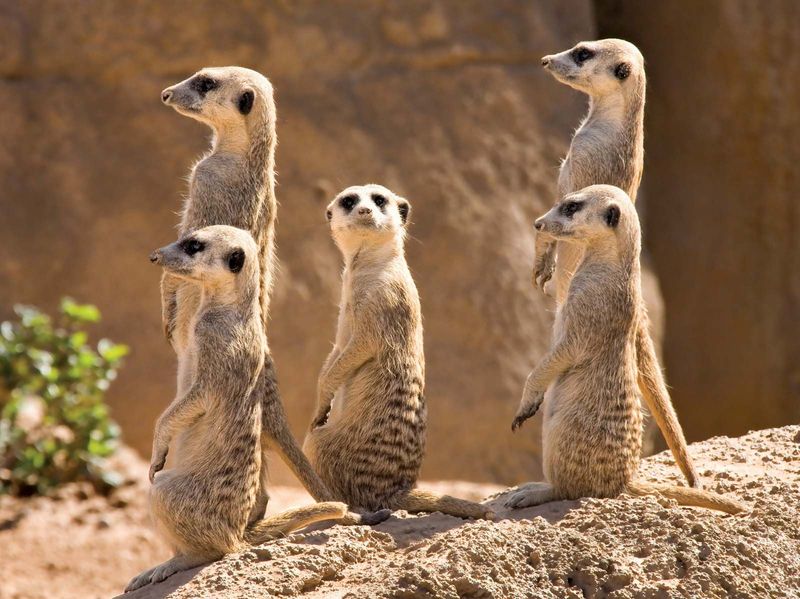
Meerkats live in clans or mobs, with family groups working together for mutual benefit. These small mammals are known for their cooperative care of young and vigilant predator detection.
Each meerkat has a role, from babysitting to sentry duty, ensuring the group’s safety and success. Their burrowing lifestyle and social structure enable them to withstand the arid conditions of their desert habitats.
Living in groups also aids in efficient foraging for insects and small prey. The meerkat’s social system exemplifies the importance of teamwork in navigating the challenges of a harsh environment.
Humpback Whales
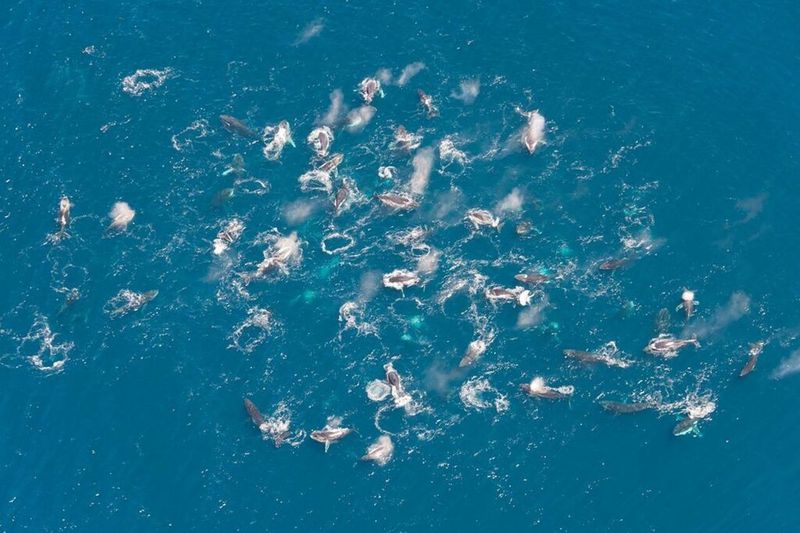
Humpback whales travel in groups called pods, particularly during migration. These pods enhance protection against predators and facilitate social interactions.
Communication through complex songs and vocalizations is vital for maintaining contact during long journeys. Each whale group exhibits unique songs, showcasing their diverse cultures.
Traveling in pods allows humpbacks to share knowledge about feeding grounds and migratory routes. This social behavior underscores the importance of community in the survival and prosperity of these magnificent marine giants.
Flamingos
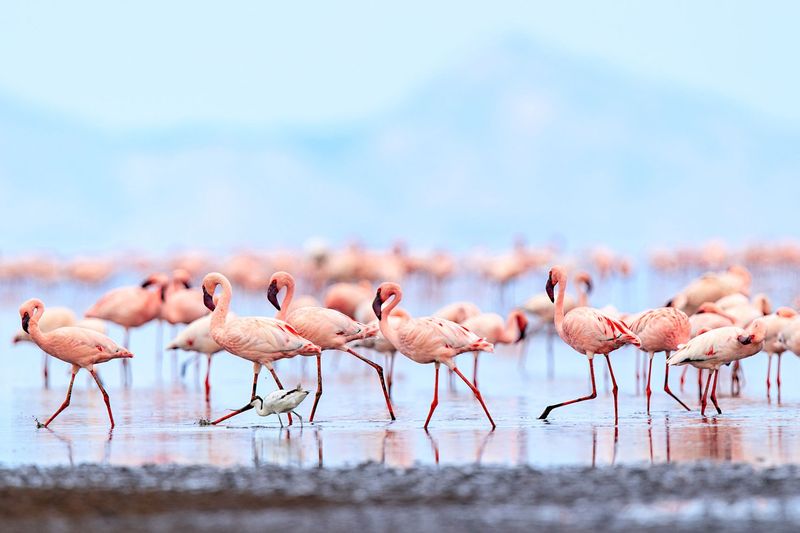
Flamingos are renowned for their large, colorful flocks, which can number in the thousands. These gatherings provide safety in numbers, deterring predators with sheer size.
Flamingos feed in groups, utilizing their specialized beaks to filter food from the water. This social feeding behavior maximizes efficiency and access to resources.
Their synchronized movements and displays strengthen social bonds and aid in attracting mates. The spectacle of a flamingo flock is a testament to the beauty and effectiveness of group living in the animal world.
Baboons
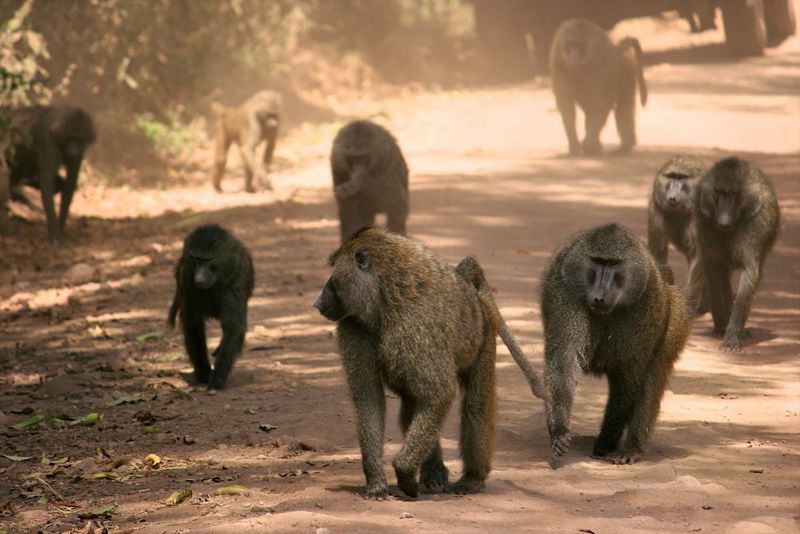
Baboons live in troops that provide protection and social interaction. These highly intelligent primates benefit from the hierarchy within their group, which organizes roles and maintains order.
Troops enable cooperative defense against predators and rival groups, safeguarding members, especially the young.
Social grooming and bonding activities are crucial, fostering relationships and reducing stress. Baboons’ group living ensures survival and nurtures their complex social structures, revealing the significance of community in their daily lives.
Zebras
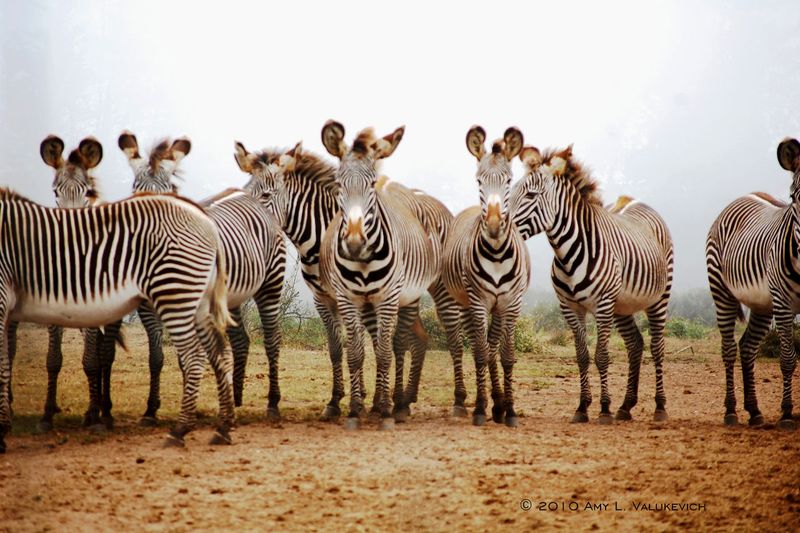
Zebras travel in herds that provide safety through numbers and confusion against predators. Their striped patterns create a dazzling blur when moving together, making it difficult for predators to single out individuals.
Social bonds within herds are strong, with mutual grooming and care for foals. Zebras benefit from shared vigilance, enhancing their ability to detect danger.
Migration in herds ensures access to food and water, vital for survival in the African savannah. Zebras’ group behavior highlights the advantages of cooperation and unity in the wild.
Penguins

Penguins are iconic for their communal living in large colonies, especially during breeding seasons. Huddling together provides warmth and protection against the harsh Antarctic climate.
Colony life enhances chick rearing, with parents taking turns to forage and look after young. Penguins’ synchronized movements and vocalizations strengthen pair bonds and coordination.
This social structure ensures survival in one of the most extreme environments on Earth, emphasizing the power of unity and collaboration.
Ants
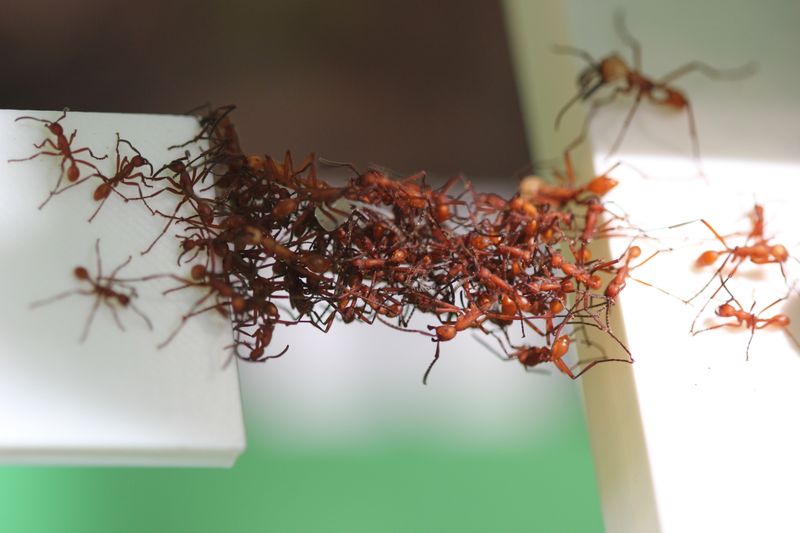
Ants are renowned for their highly organized colonies, working together as a superorganism. Each ant has a specific role, from foraging to defending the nest.
Their cooperative behavior enables efficient resource gathering and survival. Communication through chemical signals is key to maintaining order and unity.
Ant colonies exemplify the strength of group living, with millions of individuals acting as one. This social structure is a marvel of evolutionary success, showcasing the power of collaboration in nature.
Buffalo
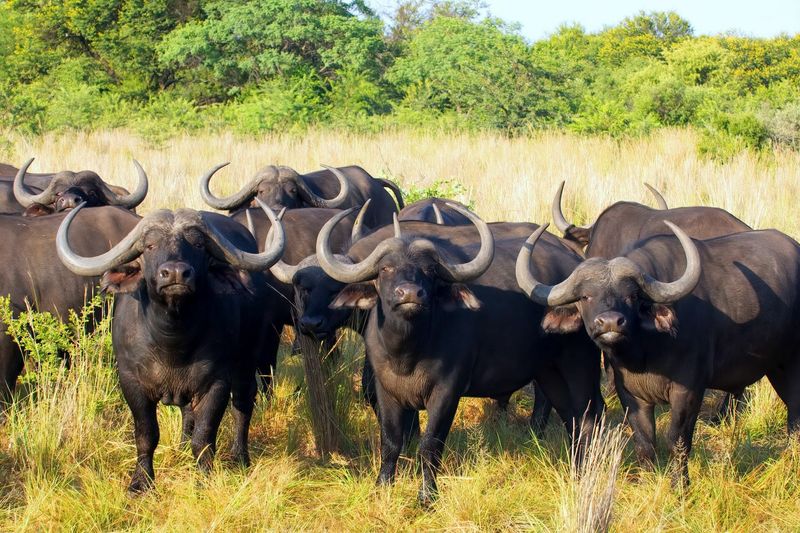
Buffalo live in herds that roam the grasslands, providing mutual protection and leadership. The social hierarchy within a herd ensures order and cooperation.
Herds defend against predators with collective strength, protecting calves and weaker members.
Migration in herds allows buffalo to access fresh grazing areas and water, vital for sustenance. The buffalo herd is an enduring symbol of resilience and unity in the animal kingdom.
Bats
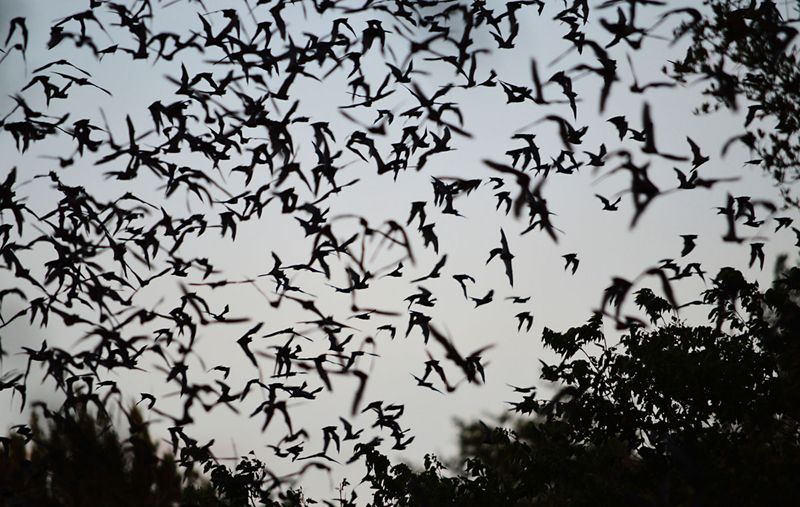
Bats often roost in large colonies, offering warmth and defense. These nocturnal creatures benefit from group living through synchronized flight patterns and communal roosting sites.
Colony life aids in locating food sources, with some species working cooperatively to hunt. Social bonding and vocal communication enhance coordination within the group.
The bat colony is a testament to the advantages of social behavior in facing the challenges of the night. Their group dynamics reveal the intriguing adaptations of these unique mammals.
Geese
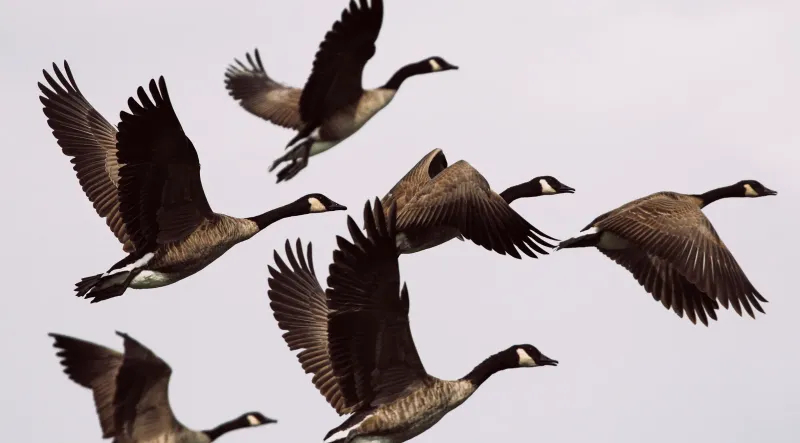
Geese are famous for their migratory V-formations, which reduce air resistance and conserve energy. Traveling in flocks ensures navigation accuracy through shared leadership and coordination.
Flocks provide protection during long journeys, enhancing survival rates. Geese honk to maintain group cohesion, exemplifying effective communication.
Their migratory behavior showcases the benefits of group dynamics, supporting endurance and resilience in challenging environments. The goose flock demonstrates the importance of cooperation in nature’s grand migrations.
Bees
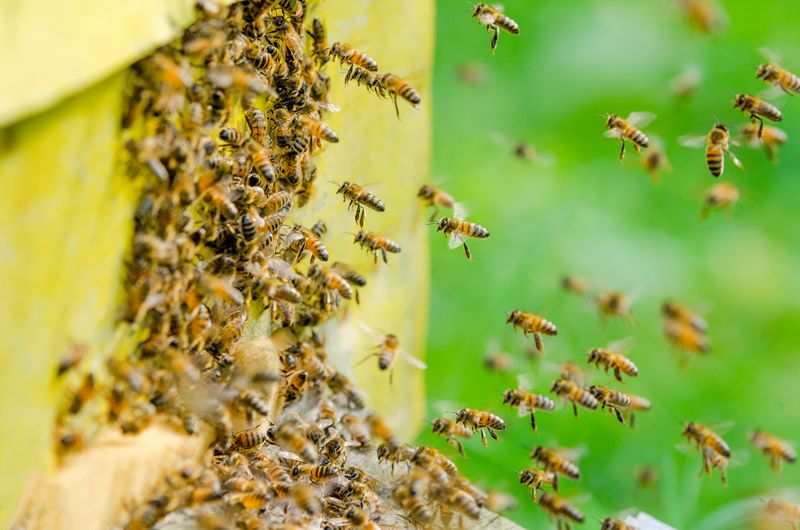
Bees live in complex colonies where division of labor and communication are critical. Each bee has a role, from foraging to caring for the queen and young.
Their collective effort in pollination is vital for ecosystems and agriculture. Chemical and physical cues maintain hive organization and unity.
Bee colonies are a paradigm of cooperation, highlighting the ecological importance of these industrious insects. Their group behavior ensures the survival of not only themselves but the environment they help sustain.
Crows
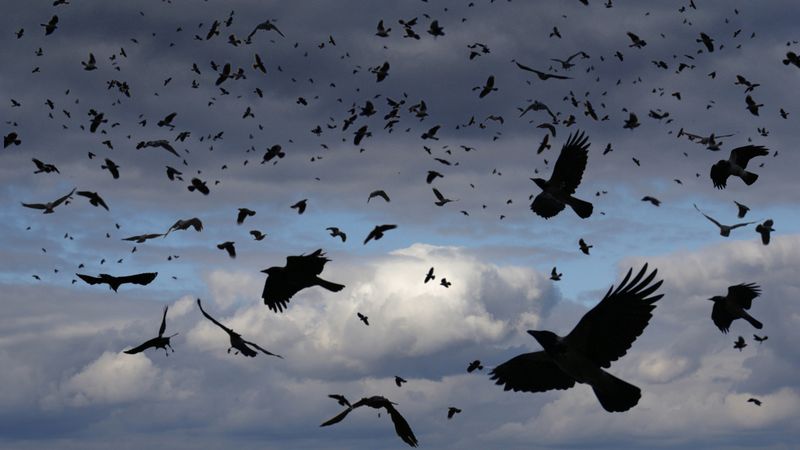
Crows are highly social birds, often gathering in large groups known as murders. This behavior enhances learning and problem-solving, as crows are among the most intelligent birds.
Groups provide protection and facilitate complex communication. Crows often engage in cooperative feeding and mobbing of predators.
Their social structure is a testament to the intelligence and adaptability of these birds, underscoring the role of group living in their success. The crow community exemplifies the power of intelligence combined with sociality.
Monkeys
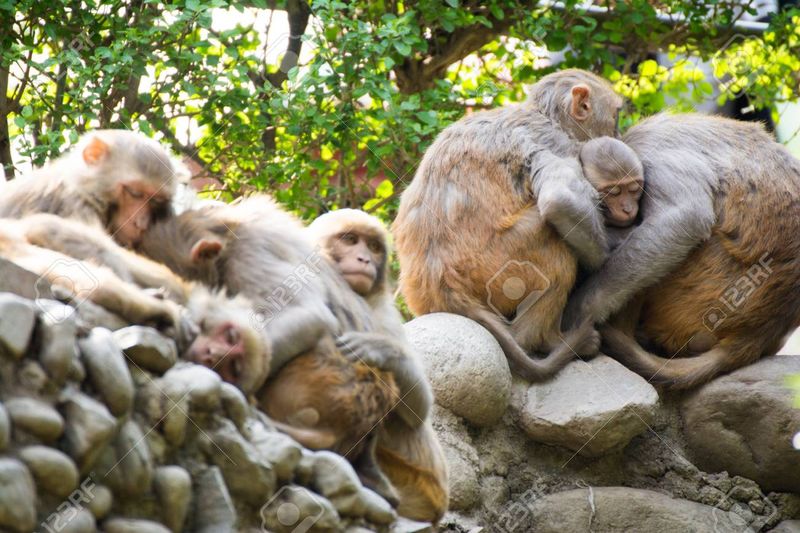
Monkeys often live in troops that provide security, companionship, and learning opportunities. Social hierarchy and bonds are vital for harmony and cooperation within the group.
Troops protect against predators and rival groups, safeguarding members, especially infants.
Social play and grooming strengthen relationships, critical for troop cohesion. The monkey troop’s dynamic social life illustrates the importance of community and social bonds in the animal kingdom.

